BlackBerry KEY2: the ‘defiantly different’ smartphone everyone’s talking about

The story of the BlackBerry smartphone has become a technology-tuned fable over the years. The once hugely popular manufacturer had a monopoly on portable communications, peaking in 2013, with 85 million subscribers worldwide. But as iOS and Android picked up pace, the Canadian company’s popularity dwindled, with subscribers falling to 23 million in 2016. Today, BlackBerry (alongside parent-company TLC Communications) has resurrected the ‘Berry from consumer tech’s dusty back porch with the launch of the BlackBerry KEY2 smartphone, which is being pitched as a defiantly different market disrupter: a device for people craving a change; bored by the homogenisation of smartphone design. Whether it will tempt the scrolling thumbs of a new generation of picky phone aficionados, or succeed in attracting the old guard, remains to be seen.
From a design perspective, changes from the previous KEYone model (launched in 2017) are subtle. It was crucial to the in-house designers that the KEY2 remain distinctly ‘BlackBerry’, and it is unmistakably so. There have been a few sensitive transitions worth noting, however. Firstly, its slimmer, lighter, and generally better looking; edges have been squared, corners sharpened. Plus, an ergonomic textured back panel reduces the need for a clunky case, as it keeps the device tightly in your palm.
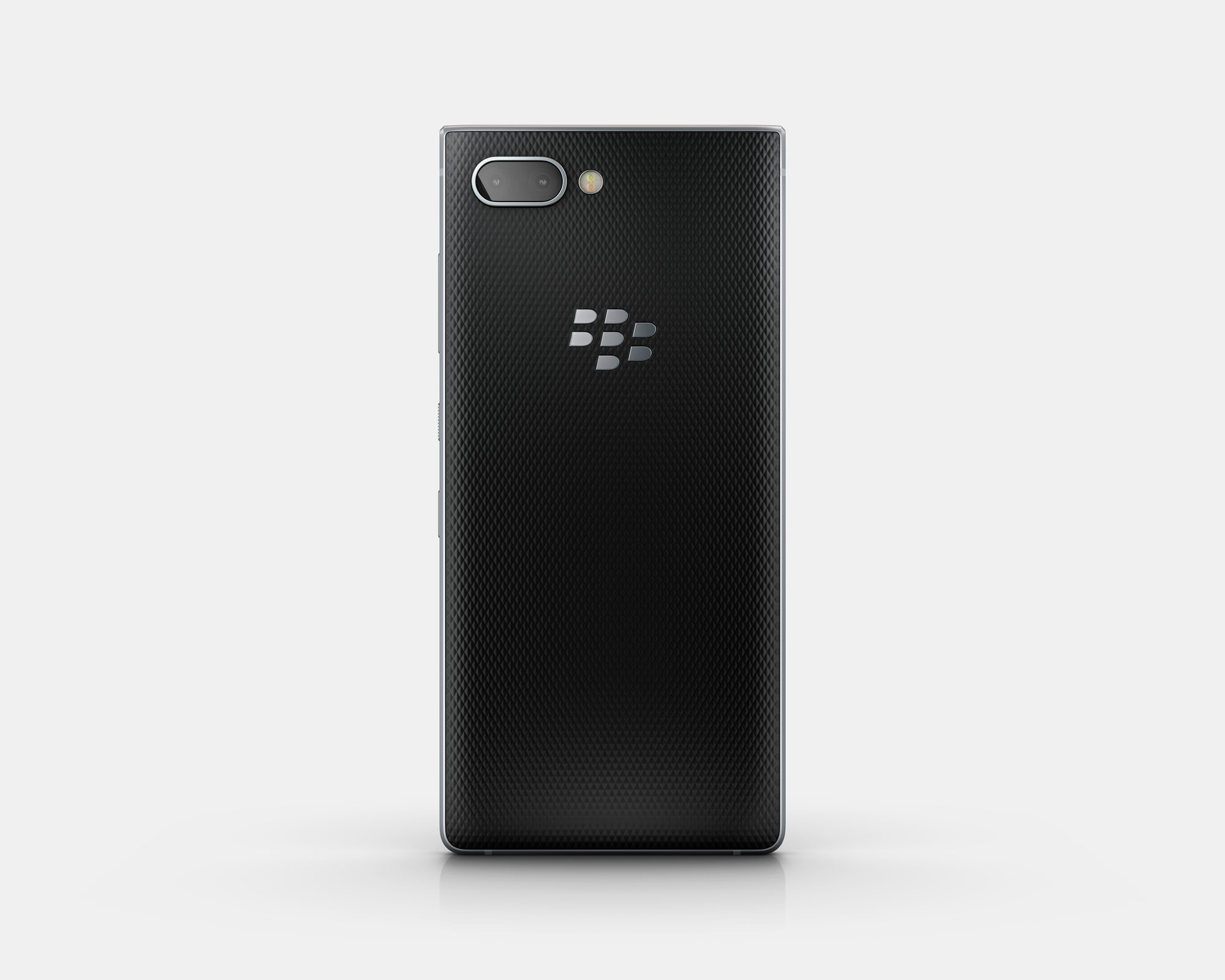
The nostalgic, physical keyboard BlackBerry is known for (with that twizzle button in the middle) was a feature left behind by tech titans Apple and Samsung, in favour of touch-type screens. But it sees a return in the KEY2, with a few tweaks to satisfy today’s user. The tracker ball has rolled off, in favour of an innovative swipe system, that turns the keyboard into an extension of the screen. Simply run your finger along the keys, and you’re scrolling as if on iPhone glass.
It looks, and feels, retro, which is not a bad thing, considering the trend for new school tech being successfully (and popularly) designed into familiar, old school shells. And there’s something undeniably satisfying about pushing a button. When typing on the physical keyboard, it forces users to be more thoughtful and deliberate – after whizzing your thumbs of the slick, iPhone or Samsung glass, it feels pleasingly typewriter-like. What’s more, every small detail has been refined, including the fret spacing, more noticeable print colour, and more dynamic backlighting for enhacned user control.
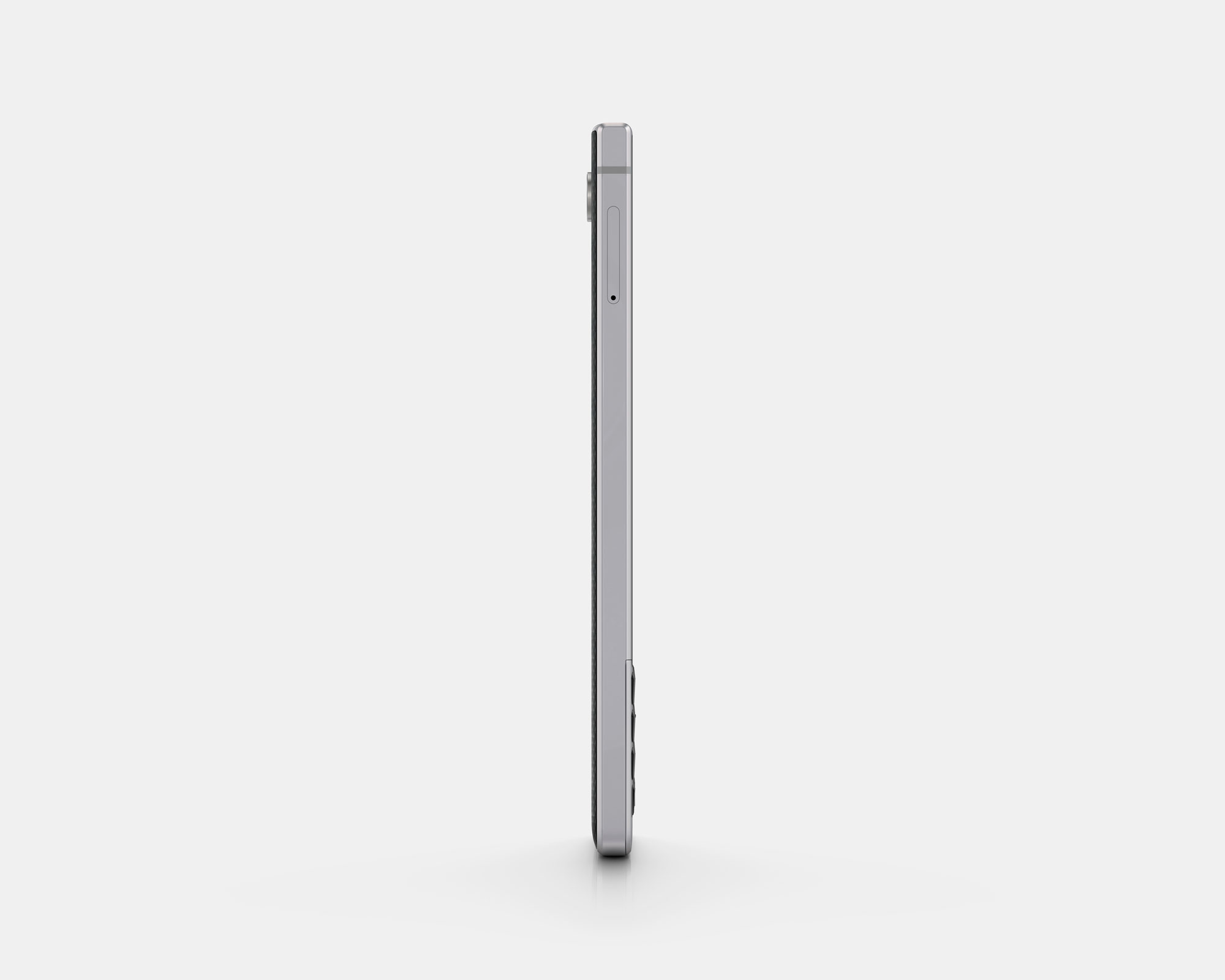
In terms of specifications, the 12-megapixel, dual-rear camera is a marked improvement of previous BlackBerry offerings. A bag of in-built, app-like features includes Portrait Mode, Optical Superzoom, and Google Lens (meaning you can snap a picture of a book cover, for example, and Google will help find it for you online). There’s also a document scanner, important as it recalls BlackBerry’s longstanding emphasis on being a ‘work phone’; a device primarily for business use. With photo-taking and Instagram becoming an essential part of many people’s day-to-day lives (not to mention jobs), the design team made the camera another creative, functional tool for streamlining day-to-day working.
Security has never been more important for Blackberry, and the KEY2 promises to be equally as successful in this regard as previous models. ‘BlackBerry phones are the world’s most secure Android smartphones. We design them for security from the inside out,’ explains Alex Thurber, of Mobility Solutions at BlackBerry. ‘BlackBerry has been iterating and perfecting our approach to mobile security for decades.’ With features like private folders for documents and photos so they don’t get uploaded to the cloud and Firefox Focus, by Mozilla, a private browser for when you don’t want your web browsing session tracked, the Blackberry security sysem is all about personal privacy control. A pre-loaded privacy application called Locker (which has been updated from existing models) can only be accessed with your fingerprint or password, helping store and protect sensitive user data, apps and content.
It’s a brave offering from BlackBerry, which even through difficult climates, has decided to stick to its design principles and ethos. The hope is that the KEY2 will be different enough from existing smartphones to gain a new (if non-mainstream) core customer base, and re-connect with now dissilusionsed Blackberry customers; while maintaining all the positive developments Blackberry phones have made over their 19 year history, to maintain the phone’s loyal fanbase.
INFORMATION
BlackBerry KEY2 will begin shipping globally this month with the suggested retail price starting at £579. For more information, visit the BlackBerry website
Wallpaper* Newsletter
Receive our daily digest of inspiration, escapism and design stories from around the world direct to your inbox.
Elly Parsons is the Digital Editor of Wallpaper*, where she oversees Wallpaper.com and its social platforms. She has been with the brand since 2015 in various roles, spending time as digital writer – specialising in art, technology and contemporary culture – and as deputy digital editor. She was shortlisted for a PPA Award in 2017, has written extensively for many publications, and has contributed to three books. She is a guest lecturer in digital journalism at Goldsmiths University, London, where she also holds a masters degree in creative writing. Now, her main areas of expertise include content strategy, audience engagement, and social media.
-
 Sotheby’s is auctioning a rare Frank Lloyd Wright lamp – and it could fetch $5 million
Sotheby’s is auctioning a rare Frank Lloyd Wright lamp – and it could fetch $5 millionThe architect's ‘Double-Pedestal’ lamp, which was designed for the Dana House in 1903, is hitting the auction block 13 May at Sotheby's.
By Anna Solomon
-
 Naoto Fukasawa sparks children’s imaginations with play sculptures
Naoto Fukasawa sparks children’s imaginations with play sculpturesThe Japanese designer creates an intuitive series of bold play sculptures, designed to spark children’s desire to play without thinking
By Danielle Demetriou
-
 Japan in Milan! See the highlights of Japanese design at Milan Design Week 2025
Japan in Milan! See the highlights of Japanese design at Milan Design Week 2025At Milan Design Week 2025 Japanese craftsmanship was a front runner with an array of projects in the spotlight. Here are some of our highlights
By Danielle Demetriou
-
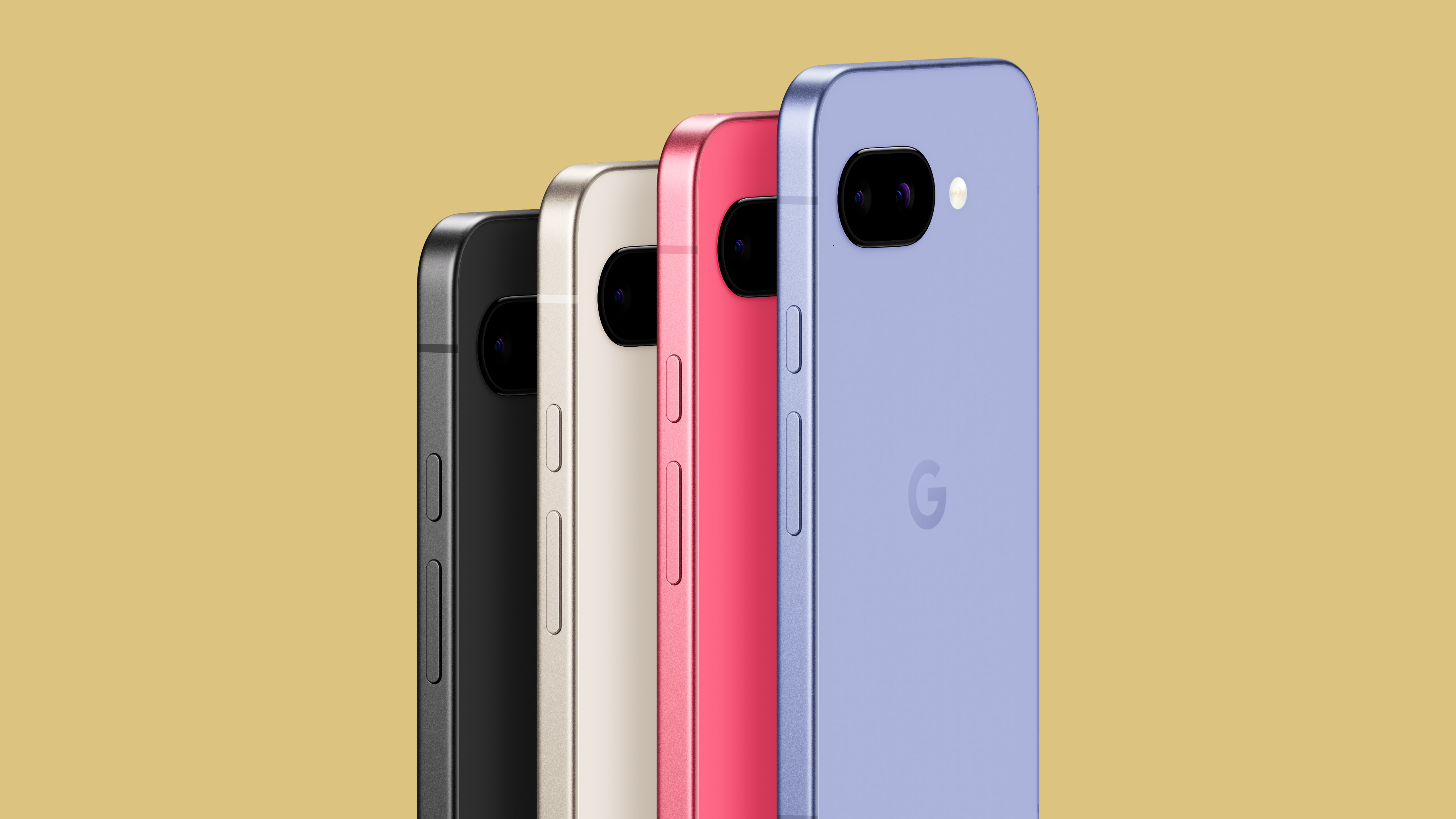 The new Google Pixel 9a is a competent companion on the pathway to the world of AI
The new Google Pixel 9a is a competent companion on the pathway to the world of AIGoogle’s reputation for effective and efficient hardware is bolstered by the introduction of the new Pixel 9a, a mid-tier smartphone designed to endure
By Jonathan Bell
-
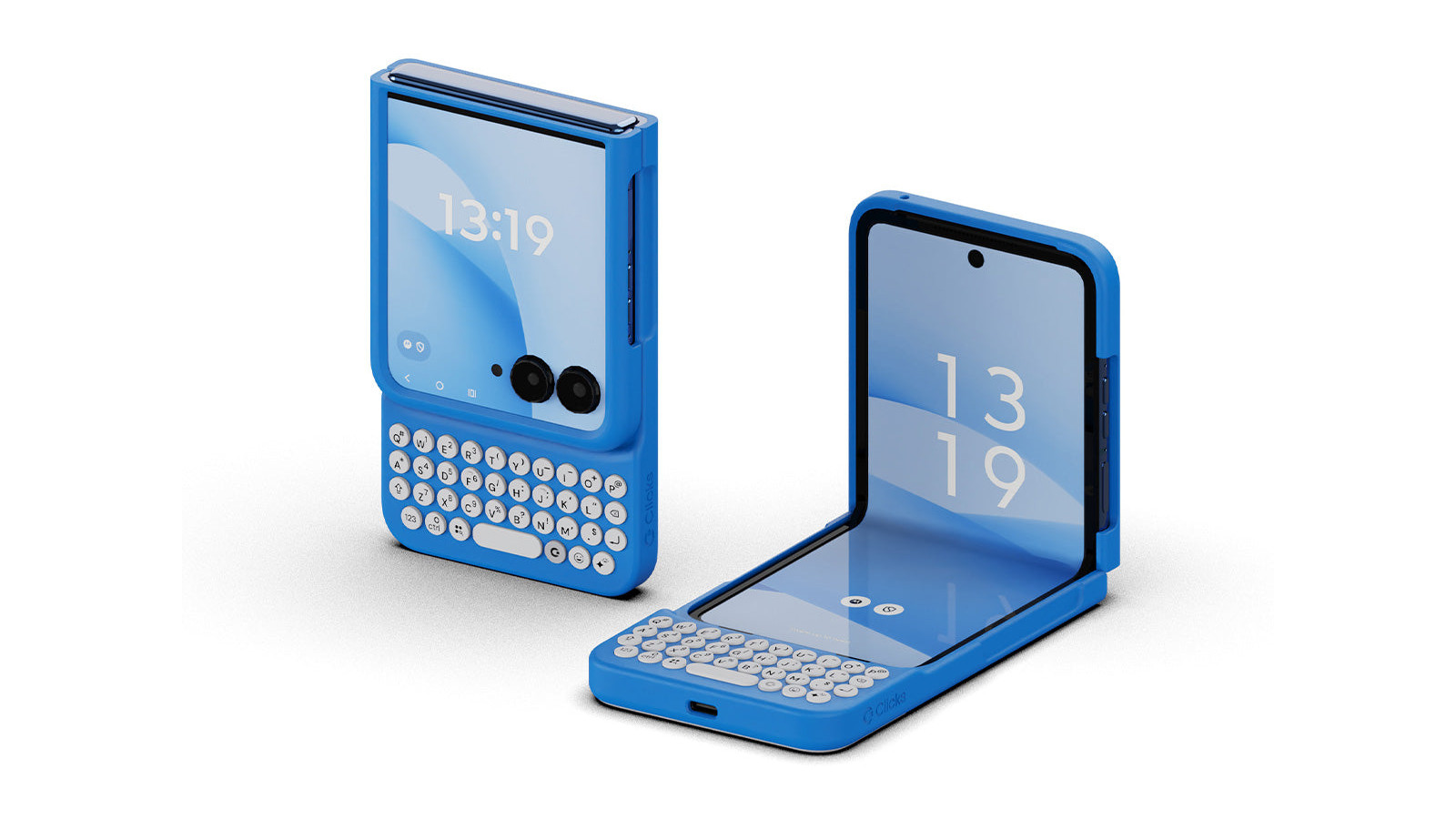 Clicks creates keyboard cases for iPhones – now they're also available for three Android flagships
Clicks creates keyboard cases for iPhones – now they're also available for three Android flagshipsSmartphones get a new lease of life with Clicks, which brings a Blackberry-style keyboard to today’s cutting-edge Apple and Android devices
By Jonathan Bell
-
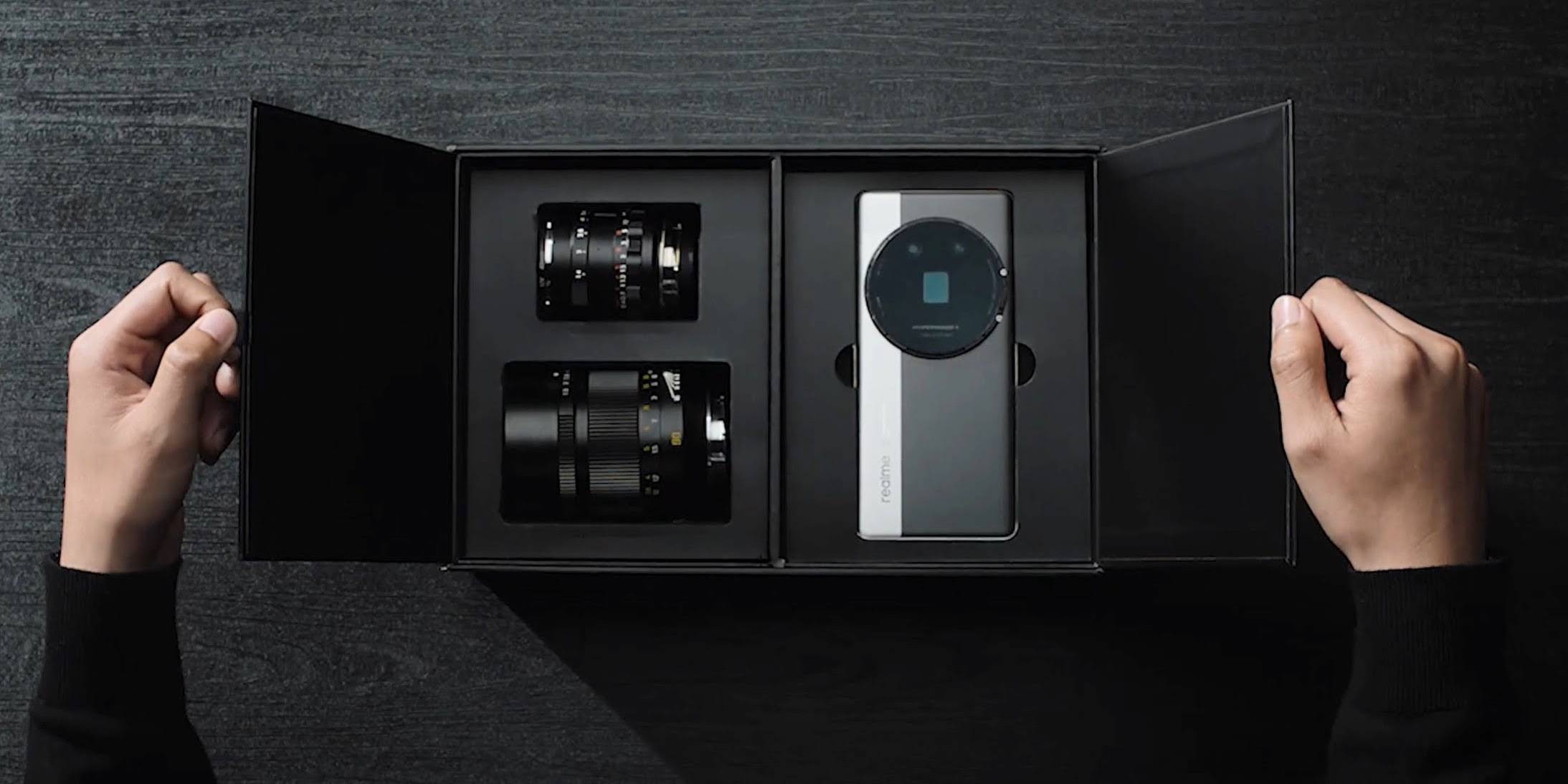 MWC 2025: 6 of the best conceptual phone designs and future facing tech
MWC 2025: 6 of the best conceptual phone designs and future facing techBarcelona’s Mobile World Congress has become the phone industry’s major hotspot for launches and new technology. Here are six of the best conceptual designs from this year's event
By Jonathan Bell
-
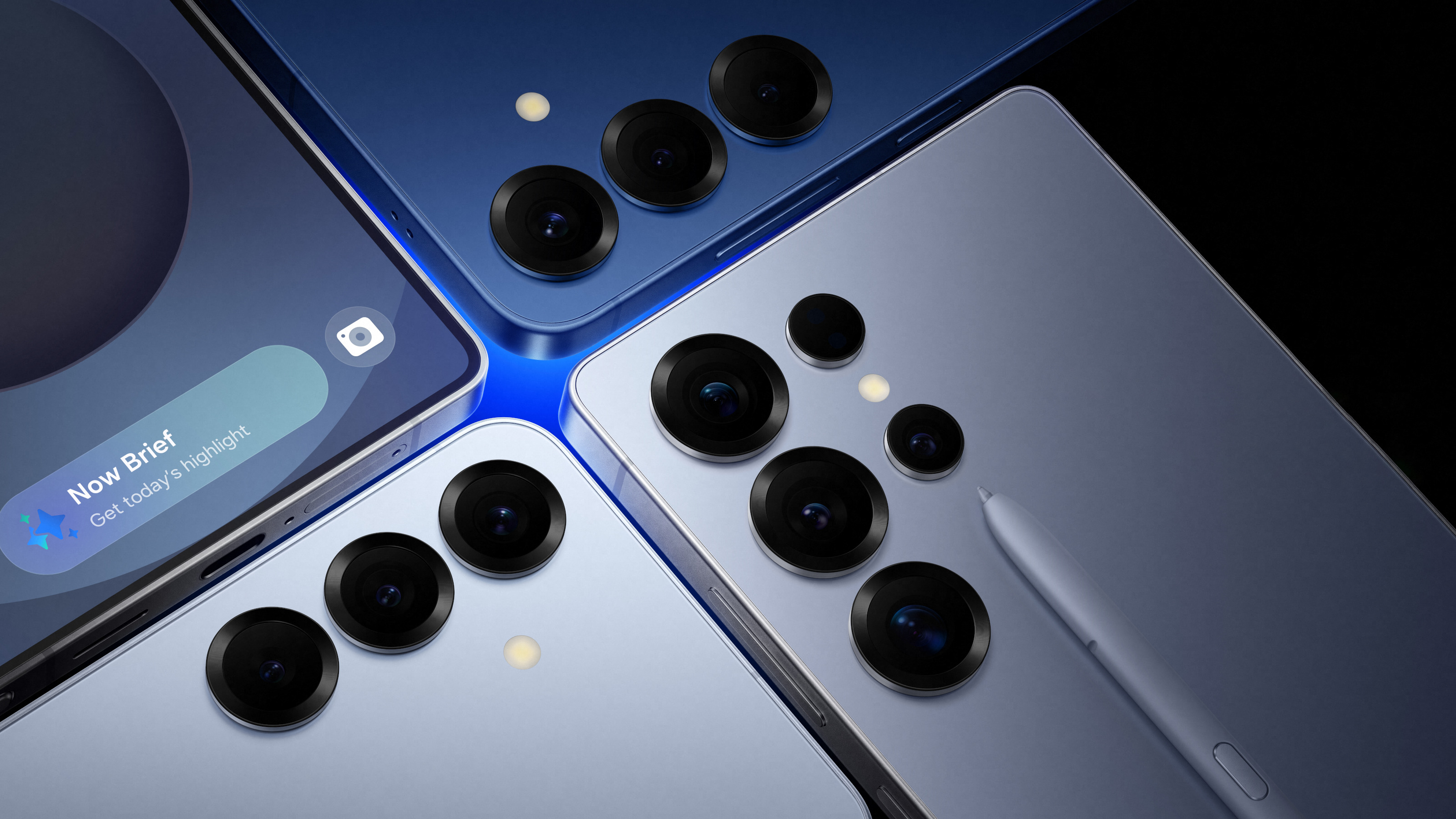 Meet Samsung’s Galaxy S25 series, designed to set new standards for AI-powered smartphones
Meet Samsung’s Galaxy S25 series, designed to set new standards for AI-powered smartphonesWelcome to the Samsung Galaxy S25 Ultra, Galaxy S25+ and Galaxy S25 – tech editor Jonathan Bell gets some hands-on experience with the new-generation devices
By Jonathan Bell
-
 The TCL 50 Pro NXTPAPER is a smartphone with a low price, a svelte screen and a sinister side
The TCL 50 Pro NXTPAPER is a smartphone with a low price, a svelte screen and a sinister sideTCL is a lesser-known titan of consumer technology. Its new NXTPAPER tech makes for a neat multifunctional smartphone. But what’s the catch?
By Jonathan Bell
-
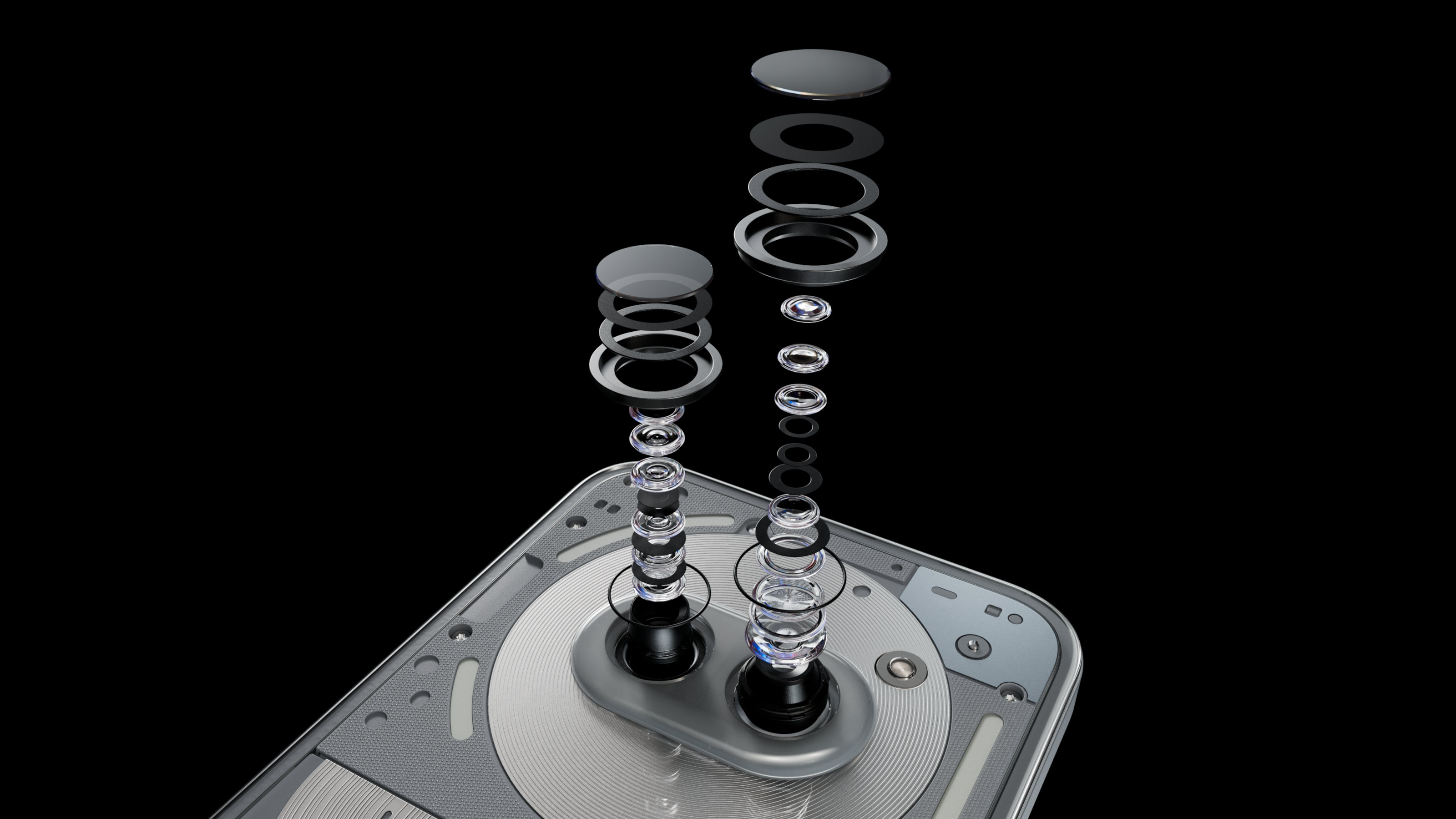 Nothing explodes its mid-range masterpiece to create the Nothing Phone (2a) Plus
Nothing explodes its mid-range masterpiece to create the Nothing Phone (2a) PlusWe get our hands on the new Nothing Phone (2a) Plus, an upgraded and enhanced smartphone that promises a better photographic experience, smarter software and more
By Jonathan Bell
-
 Can HMD’s Better Phone Project shift the dial on excessive smartphone use?
Can HMD’s Better Phone Project shift the dial on excessive smartphone use?Human Mobile Devices wants to explore ways to diffuse the digital deluge affecting young people’s mental health, and it’s looking for everyone’s help
By Jonathan Bell
-
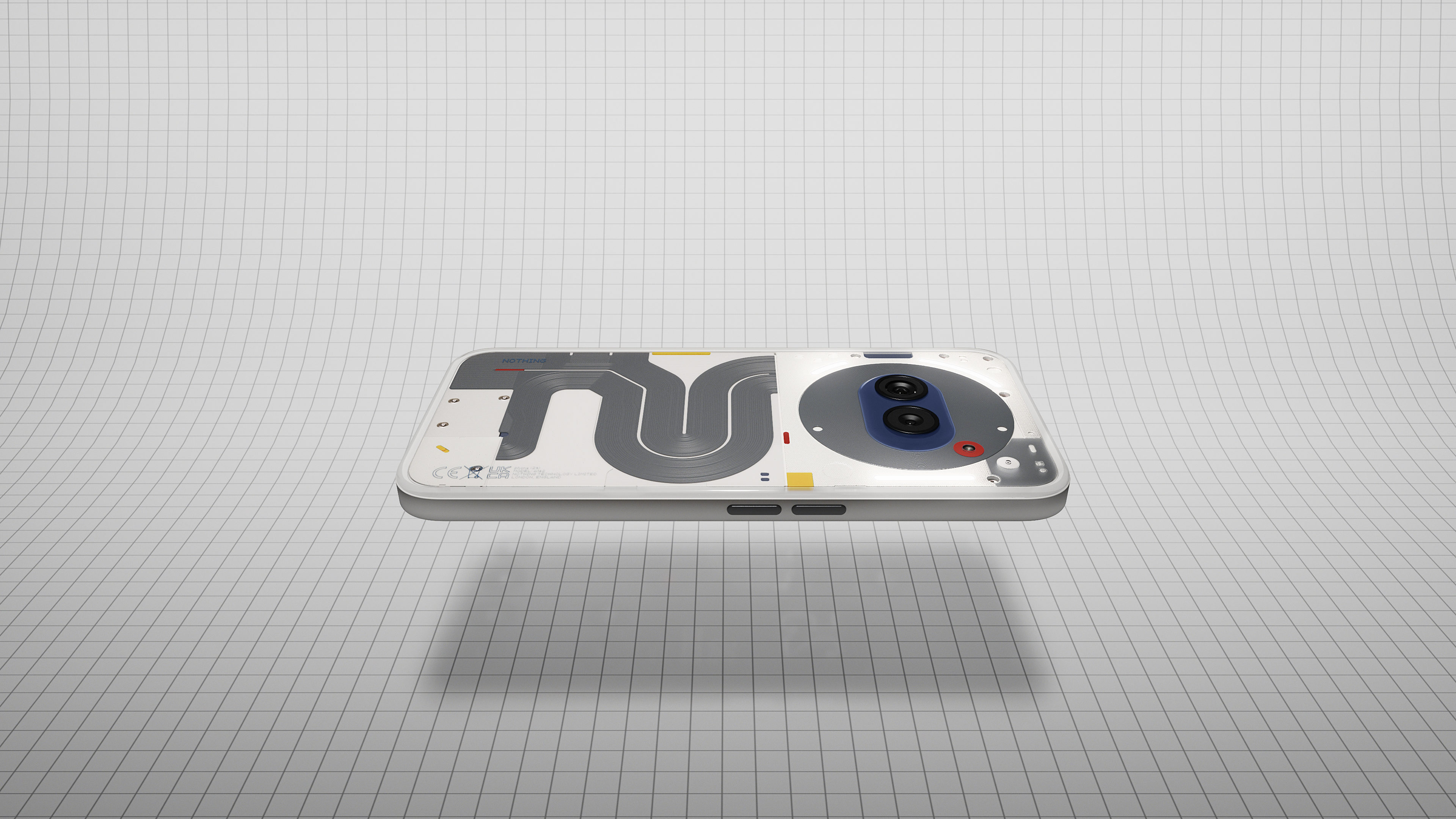 Nothing's first limited edition smartphone is 'a story of colour'
Nothing's first limited edition smartphone is 'a story of colour'The Nothing Phone (2a) Special Edition gets back to basics with a simple primary colour scheme to accentuate Nothing’s different design approach
By Jonathan Bell